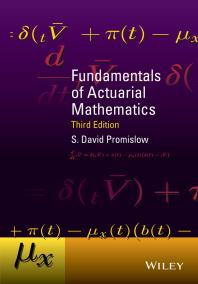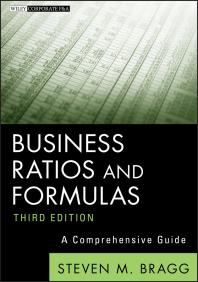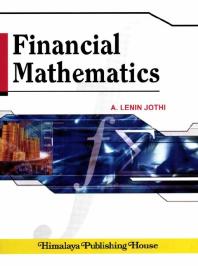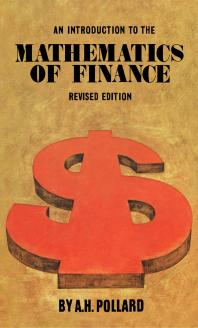
Linear Equations
The equation of a line, parallel and perpendicular
lines. Solving pairs of simultaneous equations using
elimination, substitution and graphical methods.
Simple probability
Define probability, use sample space diagrams to
help calculate probabilities. Combining probabilities
and using tree diagrams. (Knowledge of conditional
probability is not expected in this module).
Quadratic Equations, inequalities and Remainder Theorem
Quadratic Functions: Factorising, completing the
square and using the quadratic formula.
Remainder Theorem: Simple algebraic division; use
of the factor theorem and the remainder theorem.
Graphs of quadratic and cubic functions.
Geometrical interpretation of algebraic solutions of
equations.
Inequalities: Manipulating inequalities, solving linear
and quadratic equations and inequalities.
Binomial Expansions, Sequences and Series
Binomial expansions: Pascal’s triangle, factorials,
binomial expansion (positive integer powers,
binomial coefficient notation, evaluation of specific
terms)
Sequences and series: Sequences, series, sigma
notation. Finite Arithmetic Progressions (AP) and
series including sum. Geometric Progressions (GP)
and series including sum. Convergence and
divergence of geometric series.
Indices, Exponential and Logarithmic Functions
Laws of Indices for all rational exponents.
Exponential function: Exponential function and its
graph, introduction to rates of growth, solution of
equations involving exponential functions.
Logarithmic function: Rules and manipulation of
logarithms, logarithmic function and its graph,
relationship between exponential/logarithm
functions, solution of equations involving either
exponential or logarithmic functions.
Trigonometric Functions
Angles (degree/radian measure). Trigonometric
ratios, trigonometric functions (sine, cosine, tangent)
and their graphs.
Calculus - differentiation
Principles: Gradients of tangents and normals to
curves, limit form, polynomial rules (inc. First
Principles). Derivatives of simple functions
(exponential, log, trigonometric. The trigonometric
functions are sin x, cos x and tan x only.) Use of
Formula Booklet (see Appendix C).
Generic applications: Using derivatives to help sketch
curves. Equations of tangents and normals. Maxima,
minima and points of inflexion which are stationary
points. Use of the second derivative.
Calculus - integration
Principles: Inverse of differentiation, standard
integrals (monomial, trigonometric, exponential),
indefinite and definite integration. (The trigonometric
functions are sin x and cos x only).
Area under a curve.





